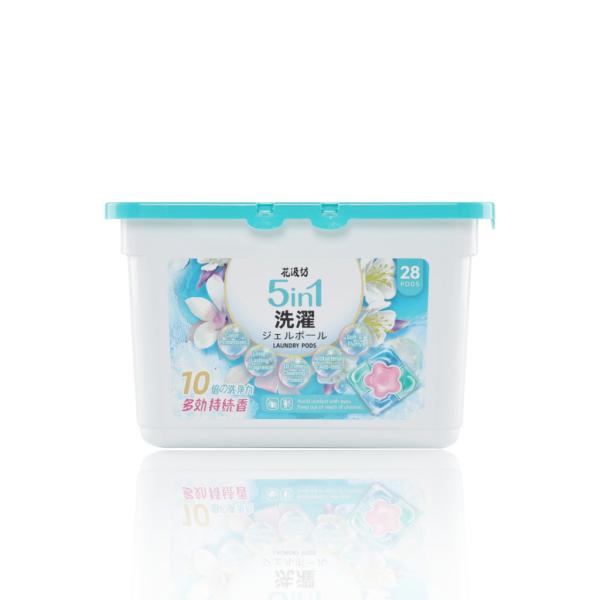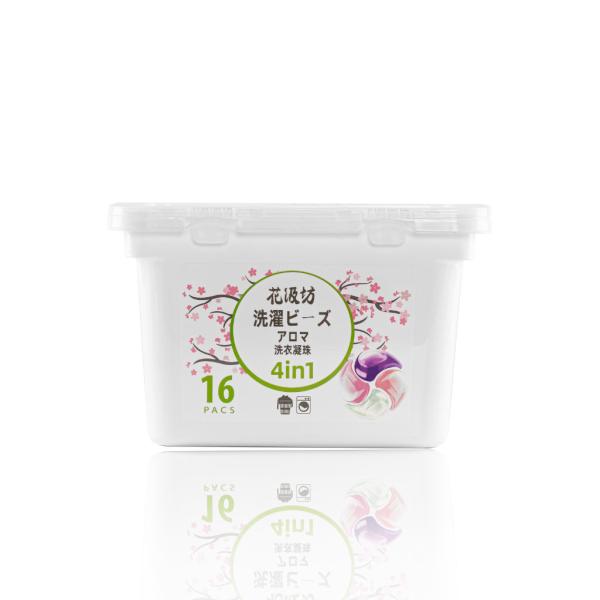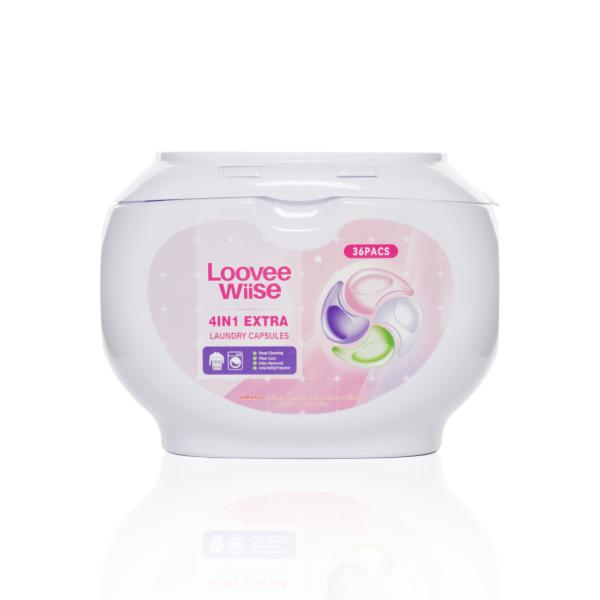Why Won't My Laundry Pod Dissolve? The Surprising Reasons Behind Sticky Film Residue

Laundry pods (or detergent capsules) are popular for their convenience and precise dosing. The thin, dissolvable "wrapper" around the concentrated liquid is called a water-soluble film (usually made of PVA - polyvinyl alcohol). Its job is to dissolve quickly in water, releasing the detergent inside.
But sometimes, you might find an unpleasant surprise after a wash cycle: sticky, partially dissolved bits of film clinging to your clothes or lurking in the drum, or even a whole, intact pod! This wastes detergent, can stain clothes, and might even clog your washing machine.
So why does this supposedly "dissolvable" film sometimes refuse to dissolve? It's usually not because the film is faulty (though poor-quality pods exist), but because of how or where it's used. Here are the most common reasons, illustrated with real-life mishaps:
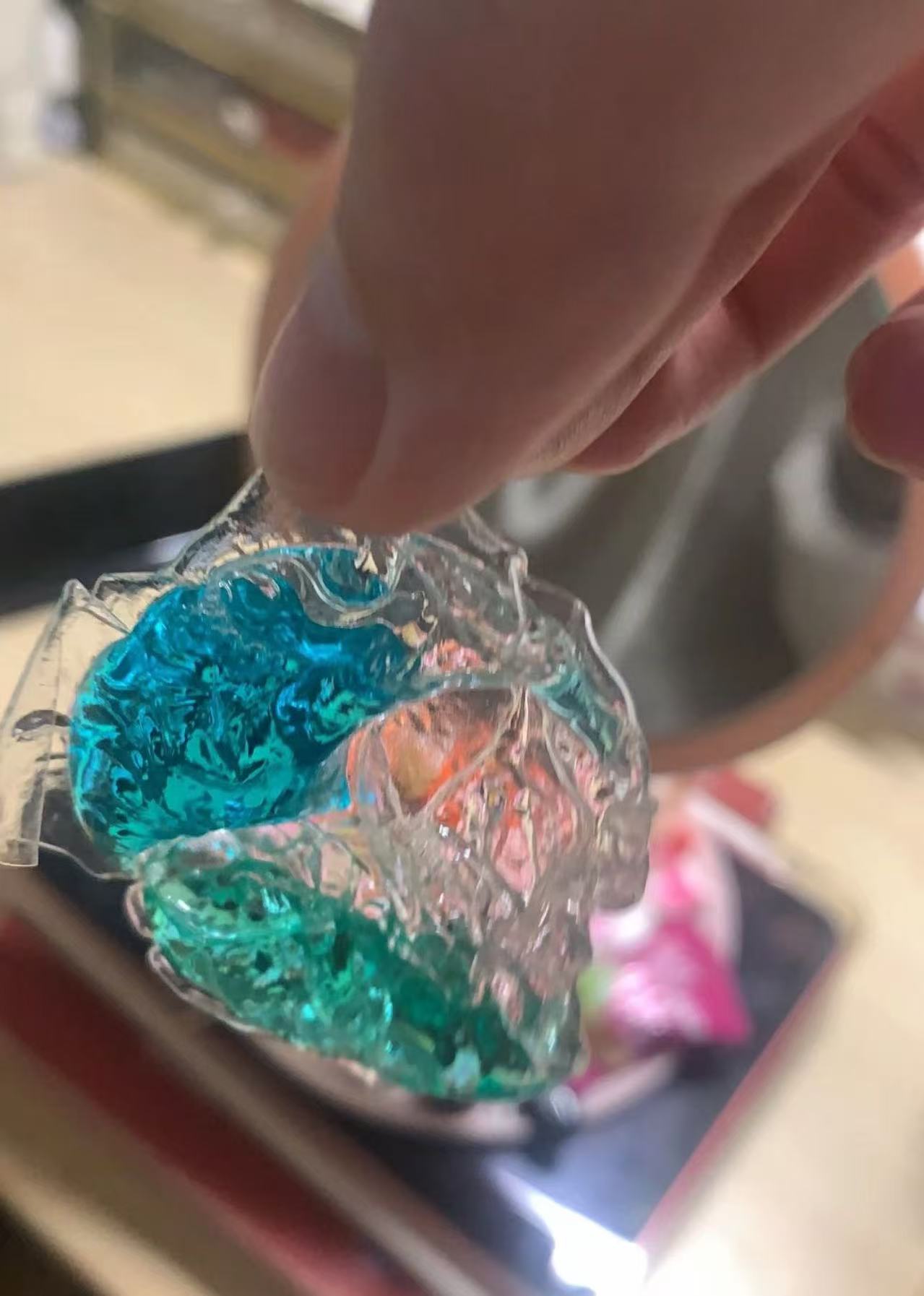
1. Water's Too Cold: Chilling the Dissolving Power
Why: The film needs warmth to dissolve effectively. Think of how ice melts slowly in cold water but quickly in hot. Most films are designed to dissolve best in lukewarm or warm water (around 20°C / 68°F or higher). Cold water (especially below 15°C / 60°F) drastically slows down the dissolving process.
Everyday Example:
You choose a cold wash cycle to save energy or protect delicate fabrics.
It's winter, and the tap water is icy cold without hot water mixing in.
Result: After the cycle, you find slimy, un-dissolved bits of film stuck to the drum or tangled in clothes.
2. Not Enough Water: Starved of Solution
Why: The film needs plenty of water to make contact and dissolve fully. If you overstuff the drum or select a very low water level (like "Small Load" or "Eco" mode), there simply isn't enough water to quickly and completely surround and dissolve the pod.
Everyday Example:
You cram the washer completely full with heavy items like jeans or towels.
You're washing just a few small items and pick the lowest water setting to save water.
Result: The pod gets trapped under heavy, wet clothes with minimal water contact, or the tiny amount of water can't dissolve the film properly. You might even find a whole, squishy pod!
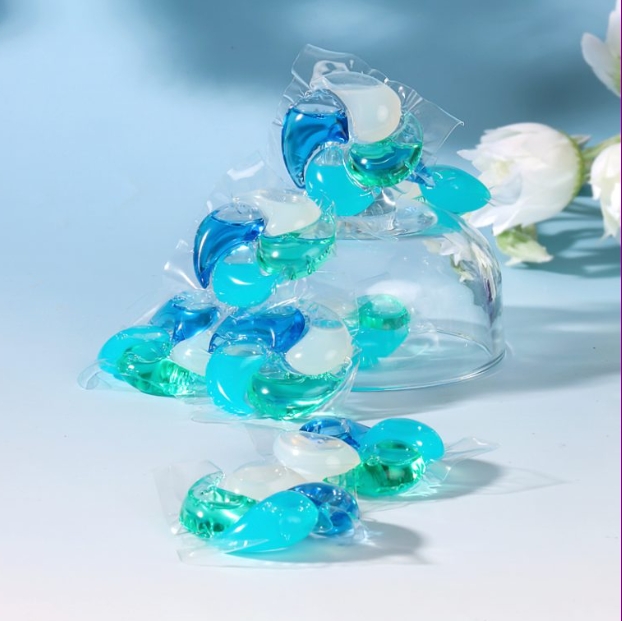
3. Put in the Wrong Spot: Buried Alive!
Why: Pods MUST be placed at the bottom of the drum – either directly on the drum base or nestled among the clothes before adding the main load. If you toss it on top of a full load, it gets buried. Trapped under clothes, it can't make proper contact with the incoming water flow.
Everyday Example:
You quickly throw the pod on top of the clothes just before starting the machine.
Result: As the wash starts, the pod gets rolled under the clothes, shielded from the water stream. Afterward, you discover gooey film remnants inside a pocket, a sleeve, or the machine's seal.
4. Cycle's Too Short: Not Enough Soak Time
Why: Dissolving takes a little time! Very short cycles (like 15-minute "Quick Wash") or gentle cycles (which have less agitation and shorter wash times) might end before the film has fully dissolved.
Everyday Example:
You're in a rush and select the fastest 15-minute wash.
You're washing delicate silk or wool on a very gentle/Delicates cycle.
Result: The cycle finishes and drains, but the film is only partially dissolved, leaving soft, sticky blobs on clothes or the drum.
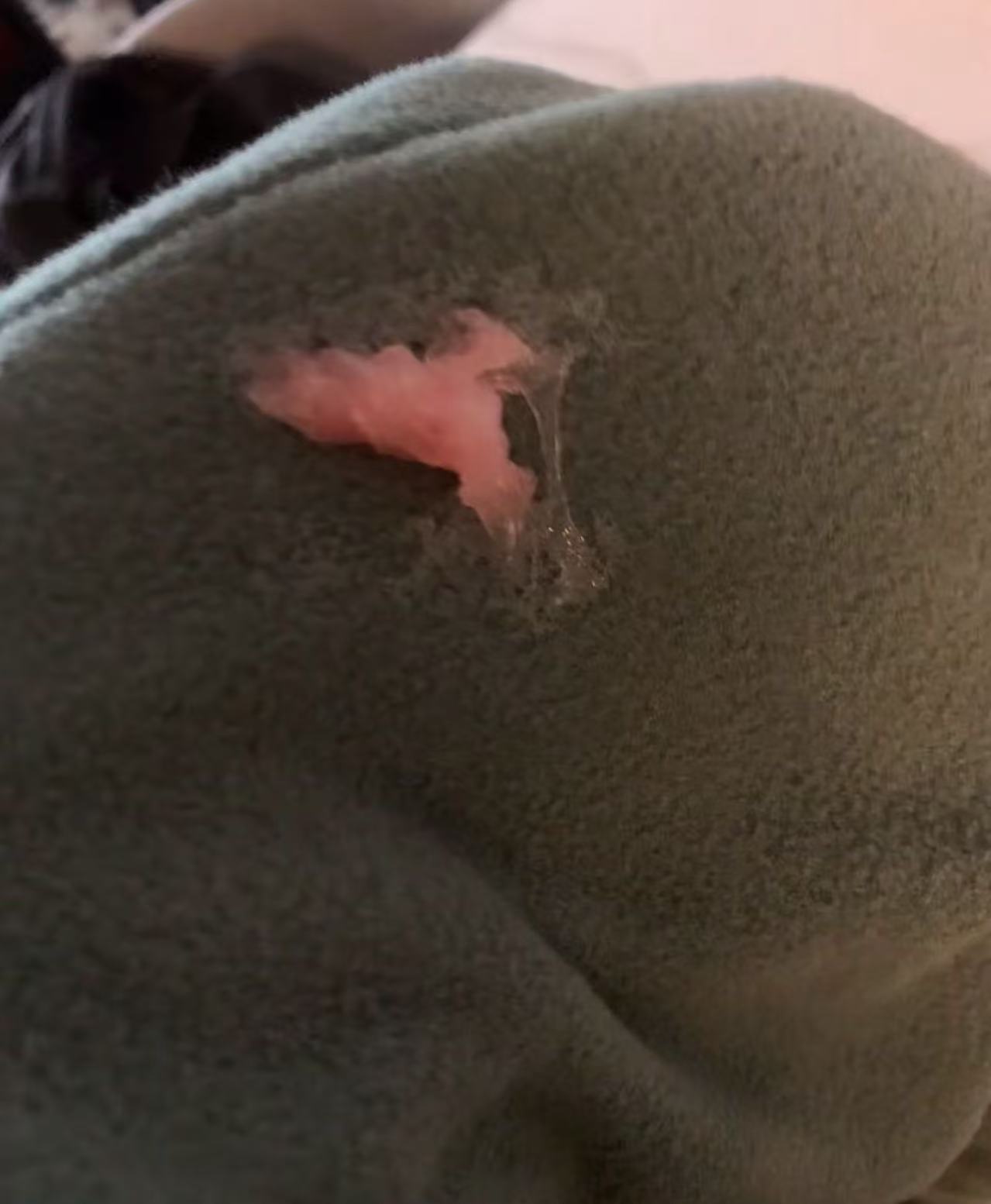
5. Type of Washing Machine: Front-Loader vs. Top-Loader
Why: Front-loading washing machines typically use less water (relying on tumbling action) compared to top-loading agitator machines (which use more water for soaking). While modern front-loaders are designed to handle pods, low water volume combined with cold temps makes dissolution issues more likely in them.
Everyday Example: Using pods in a front-loader with cold water and an overstuffed drum is a recipe for undissolved film.
6. Pod Quality or Storage Issues (Less Common)
Why: Occasionally, the film formula or manufacturing might be subpar (cheap/off-brand pods). Also, if pods get damp (e.g., torn packaging stored in a humid bathroom) or are stored in very humid conditions, the film surface can degrade slightly, hindering dissolution.
Everyday Example: Using a very cheap, unknown brand pod, or finding pods stuck together or feeling tacky due to moisture exposure in storage.
How to Prevent Sticky Situations: Top Tips
Mind the Temperature: Choose a warm water wash cycle (30-40°C / 85-105°F). This is the SINGLE BEST way to ensure full dissolution! If you must use cold water, try adding a jug of warm water to the drum first (safely!), or look for pods specifically labelled "Cold Water Dissolve."
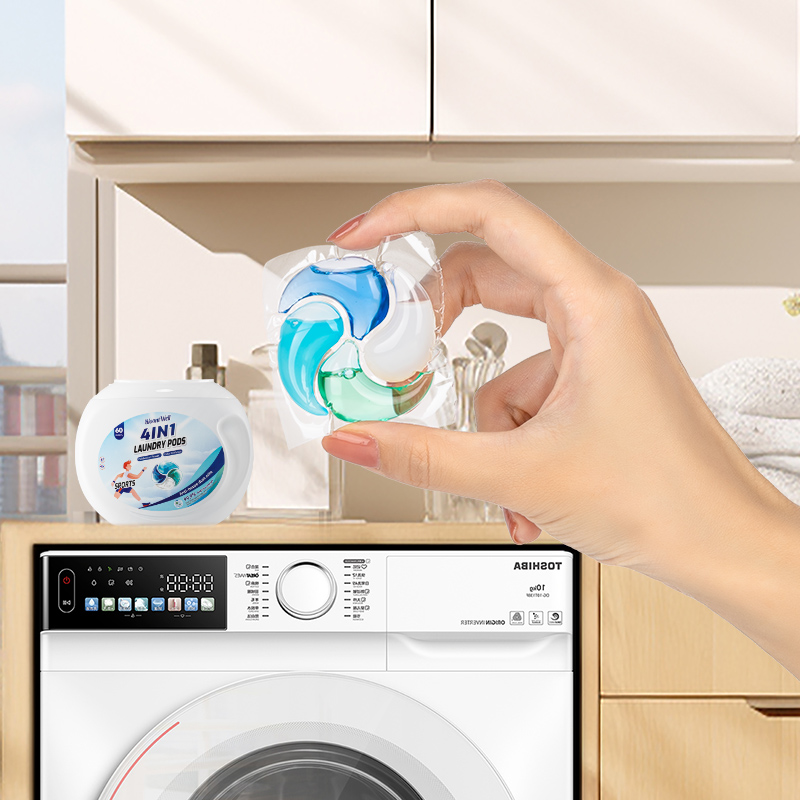
Don't Overfill: Leave space in the drum (about a fist-sized gap at the top) for water to flow freely and reach the pod. For small loads, avoid the absolute lowest water setting.
Place it Right: ALWAYS put the pod directly in the empty drum first, or at the bottom under/amongst clothes before adding the bulk of the load. Make sure it's positioned to get hit by water immediately. Check your machine and pod packaging instructions.
Choose the Right Cycle: Avoid very short cycles (< 30 minutes). Opt for standard cycles like "Cotton," "Mixed Fabrics," or "Normal" which allow enough time for dissolving.
Store Properly: Keep pods in their original packaging, stored in a cool, dry place (not a humid laundry room or bathroom). Seal the bag tightly.
Found Residue? Act Fast!
Remove Immediately: Wipe any wet, sticky residue off clothes and the drum with a damp cloth before it dries hard.
Rewash if Needed: If residue is bad or detergent wasn't released, rewash the load (paying attention to water temp, load size, and placement!).
Hand Wash Stains: Small stuck bits can often be removed by hand-rinsing the affected spot in warm water.

 English
English 日本語
日本語 Español
Español Русский
Русский عربي
عربي Português
Português Italiano
Italiano Français
Français 한국인
한국인 Indonesia
Indonesia